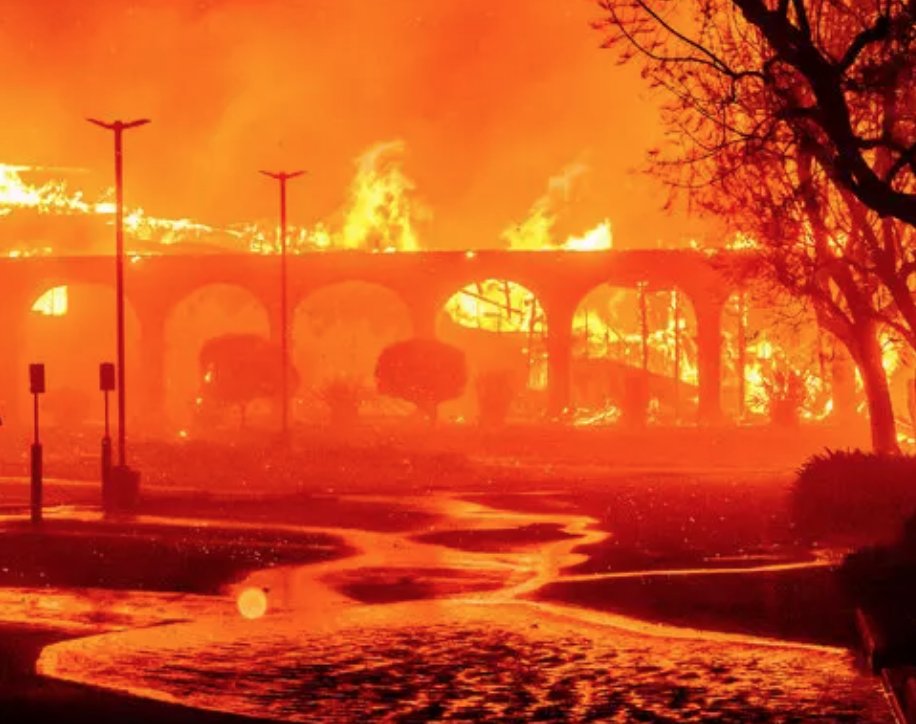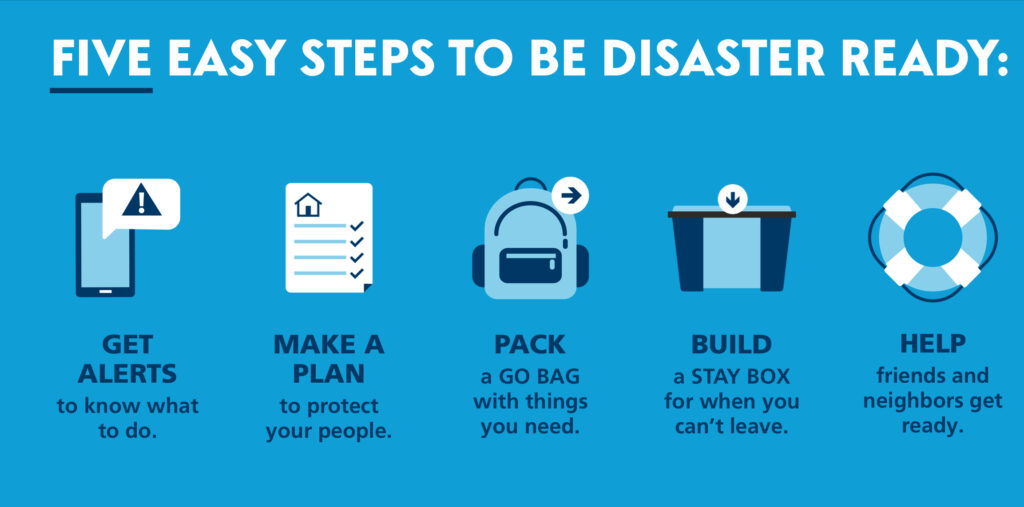Thousands of Southern California residents have been forced to evacuate as 5 fires this week erupted in various portions of Los Angeles County.
Emergency response to one of the worst wildfires in the state’s history has been hampered by heavy winds, reaching up to 90 mph, and a low supply of water. Fire hydrants in some of the worst hit areas are coming up dry, according to media reports.
5 people have been reported dead from the disaster.
The largest fire started in the wealthy Pacific Palisades area Jan. 6 evening, and has burned down more than 150,000 acres of homes and wilderness area, according to a Jan. 9 CalFire report. The Pacific Palisades fire has moved largely along the coast to Santa Monica, where a mandatory evacuation order was called Jan. 7 evening. Thousands of area residents continue to be without power as of Jan. 9 morning.
Further inland, Altadena and Flintridge are also under mandatory evacuation, as the Eaton Fire blazes through the area. Pasadena and Glendale are under evacuation watch. Portions of the San Fernando Valley are also under mandatory evacuation orders, due to the Hurst fires.
Most evacuation orders have been lifted for the Sunset fire, which erupted in Beverly Hills and Hollywood. Large portions of those cities are still closed off. The smaller Lidia Fire, in the mountainous Antelope Valley, has thus far claimed 348 acres. The entire area, including the Angeles National Forest, has been closed off.
Resources
Listos California, an initiative of the state’s Office of Emergency Services, has prepared a resource guide for those facing the ravages of the fires. The agency advises residents to:
Prepare a go bag – in the event your family needs to evacuate, have essential items ready to go. This should include important documents (birth certificate, insurance policies, passports, etc), prescription medications, protective gear (masks, sturdy shoes), backup battery, cash, pet supplies, food, and water.
Don’t wait, evacuate – Plan multiple evacuation routes ahead of time. Listen and watch for evacuation warnings and orders. An evacuation warning means get ready to leave or leave if you need extra time (elderly, people with disabilities, young children, large animals). An evacuation order means leave immediately.
Wildfire and wildfire smoke resources available in 12 languages at listoscalifornia.org/
Charge Your Devices
Prepare for power outages – even if you are outside active wildfire areas, there may be power disruptions. In addition to these practical tips, be sure to charge cars, cell phones and portable radios before the power goes out.
Shelters are available for everyone – emergency shelters are open to all Californians regardless of immigration status. Shelters do not require identification cards to enter. Contact your local county emergency services office for information about shelter locations.
How to Safely Evacuate
Cal Fires also offers guidance on how to safely evacuate.
If you have time before evacuating, follow these steps to give your home the best chance of surviving the wildfire:
Inside the house
- Pack your ‘Go Bag’ or Emergency Kit, ready to grab
- Check that your Wildfire Action Plan is up-to-date
- Know your community’s emergency plan, evacuation routes, and destinations
- Close all windows and doors but leave them unlocked
- Take down flammable window treatments like shades and curtains, and close metal shutters
- Clear away light curtains
- Move anything that burns easily to the middle of rooms, away from windows and doors
- Turn off the gas at the meter and pilot lights
- Leave lights on for firefighters to see your house in smoke
- Switch off the air conditioning
Outside the house
- Bring in flammable items from outside, like patio furniture, toys, doormats, and trash bins. Alternatively, place them in your pool
- Shut off propane tanks
- Move grills and other propane BBQ appliances away from the house
- Attach garden hoses to outside taps for firefighter use and fill buckets with water to scatter around
- Don’t leave sprinklers or water running as it can lower critical water pressure.
- Keep exterior lights on to make your home visible in smoky or dark conditions.
- Put your emergency kit in your car
- Park your car in the driveway, facing outwards, loaded and ready, with all doors and windows shut
- Have a ladder handy for firefighter roof access
- Seal attic and ground vents with plywood or commercial seals
- Keep an eye on the fire situation and don’t wait for an evacuation order if you feel at risk
- Check with neighbors to ensure they’re also prepared
Animals
- Keep pets close and ready to go
- Plan for farm animal evacuation early, arranging transport and safe locations
Trusted Information Sources
Cal OES (Governor’s Office of Emergency Services)
Website: www.news.caloes.ca.gov
The California Governor’s Office of Emergency Services (Cal OES) is the state agency responsible for coordinating California’s response to natural disasters, emergencies, and other major incidents. Its primary mission is to protect lives, property, and the environment by leading and supporting the state’s emergency management, public safety, and disaster response efforts.
Listos California
Website: www.ready.ca.gov
Listos California, a campaign anchored at the Governor’s Office of Emergency Services, provides resources to help individuals and families prepare for wildfires and other emergencies. Key features include emergency planning guides, evacuation checklists, and multilingual resources tailored to California’s diverse communities.
CAL FIRE (California Department of Forestry and Fire Protection)
Website: www.fire.ca.gov
CAL FIRE offers up-to-date information on wildfire incidents, evacuation orders, and fire prevention tips. Residents can use their interactive Fire Map to track fire activity and access safety resources.
Los Angeles County Fire Department
Website: www.fire.lacounty.gov
Find local fire updates, evacuation notices, and fire safety tips specific to Los Angeles County. The department also provides resources for wildfire prevention and recovery.
Los Angeles City Emergency Management Department (LA EMD)
Website: www.emergency.lacity.org
LA EMD provides alerts and emergency preparedness resources tailored to the city of Los Angeles. Residents can sign up for emergency notifications and access wildfire-specific guidance.Additional Helpful Links
- National Weather Service (NWS) Fire Weather Alerts: www.weather.gov/fire
- Air Quality Monitoring (AirNow): www.airnow.gov
- American Red Cross Wildfire Safety Tips: www.redcross.org/wildfire-safety
- Animal Evacuation Support (ASPCA): www.aspca.org/disaster-preparedness
Current Wildfire Conditions
A live map of active wildfire incidents is maintained by Cal FIRE and can be accessed at: www.fire.ca.gov.





